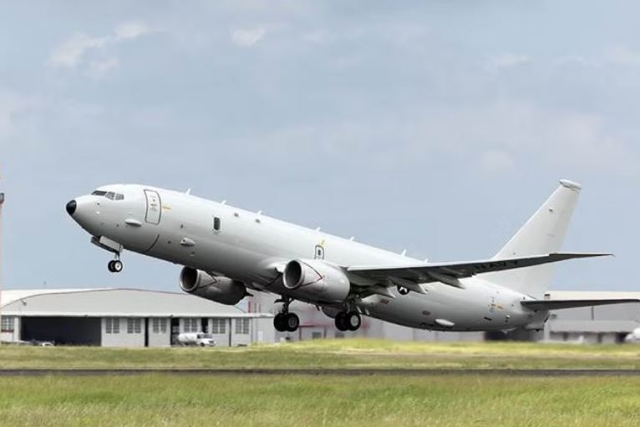Indonesia, S. Korea Expected To Reach Agreement On Second Phase Of KFX Fighter Development
Indonesia and South Korea are expected to reach an agreement on the second phase of the joint development and production of the KFX/ IFX fighter jet, Jakarta Post reported Thursday.
The three phases of developing the KFX/IFX fighter jet are technology development (TD), engineering and manufacturing development (EMD) and joint production and marketing.
The TD phase was concluded in December 2012, which saw a number of engineers from state-owned air framer Dirgantara Indonesia (PT DI) and officers from the Indonesian Air Force going to South Korea to discuss a number of development issues with their South Korean counterparts, according to the report.
South Korean Ambassador to Indonesia Cho Tai-young said that negotiations on the project had intensified, rising hopes that an agreement-in-principal would be reached soon.
“If the negotiation runs smoothly, it could be concluded by next month,” Cho was quoted as saying.
Cho, who assumed his post in July this year, noted that the two countries had developed a very close relationship in defense industry cooperation since the 1970s. Therefore, the jet fighter project marked the epitome of the Indonesian-South Korean strategic partnership as the two countries had committed to design and develop a whole new jet fighter.
“I will try hard during my term here to realize what has been planned,” Cho told The Jakarta Post during an interview ahead of South Korean’s Oct. 2 National Day.
The two countries signed a letter of intent (LoI) to develop the KFX/ IFX on March 9, 2009. The agreement was signed in 2012 by President Susilo Bambang Yudhoyono and his then South Korean counterpart Lee Myung-bak.
Indonesia will pay up to 20 percent of US$ 5 billion project, while the South Korean government and Korea Aerospace Industries (KAI) will pay 60 percent and 20 percent respectively.
The KFX/IFX fighter is envisioned as a next-generation fighter aircraft for 2020, designed as a single-seat, twin-engine jet fighter with capabilities below the US-made Lockheed Martin F-35 Lightning II, but surpassing Lockheed’s F-16 Fighting Falcon.










